Researchers have discovered that certain species of bats are capable of preying on vertebrates near their own size, defying the conventional wisdom that large predators target larger prey. According to a recent study published in the journal Nature, a fringe-lipped bat was observed capturing and consuming a lizard, a finding that challenges the long-held assumption that small predators primarily feed on abundant and easy-to-catch prey such as insects.
The study, led by Dr. Baier and her team, found that some bat species have evolved to target prey that is closer to their own size, including frogs and birds. This behavior is significant because it suggests that these bats have adapted to their environment in a way that allows them to exploit a different food source. "This is a fascinating example of how bats have evolved to occupy a unique ecological niche," said Dr. Baier in an interview. "By preying on vertebrates near their own size, these bats are able to supplement their diet and increase their chances of survival."
The discovery has important implications for our understanding of the complex relationships between predators and prey in ecosystems. "This study highlights the importance of considering the diversity of predator-prey interactions in different ecosystems," said Dr. Smith, a wildlife biologist at the University of California. "By studying the behavior of these bats, we can gain a better understanding of how ecosystems function and how they respond to changes in their environment."
The study's findings also have implications for conservation efforts. "The fact that these bats are capable of preying on vertebrates near their own size suggests that they may play a more significant role in shaping their ecosystems than previously thought," said Dr. Johnson, a conservation biologist at the World Wildlife Fund. "This has important implications for our efforts to protect and conserve these species and their habitats."
The study's authors note that further research is needed to fully understand the extent to which these bats are capable of preying on vertebrates near their own size. "This is just the beginning of our research into the behavior of these bats," said Dr. Baier. "We hope to continue studying these fascinating creatures and gaining a deeper understanding of their ecological role."
In related news, researchers have also discovered that European bats are capable of capturing and consuming migrating birds. This finding has important implications for our understanding of the complex relationships between predators and prey in ecosystems and highlights the need for further research into the behavior of these bats.




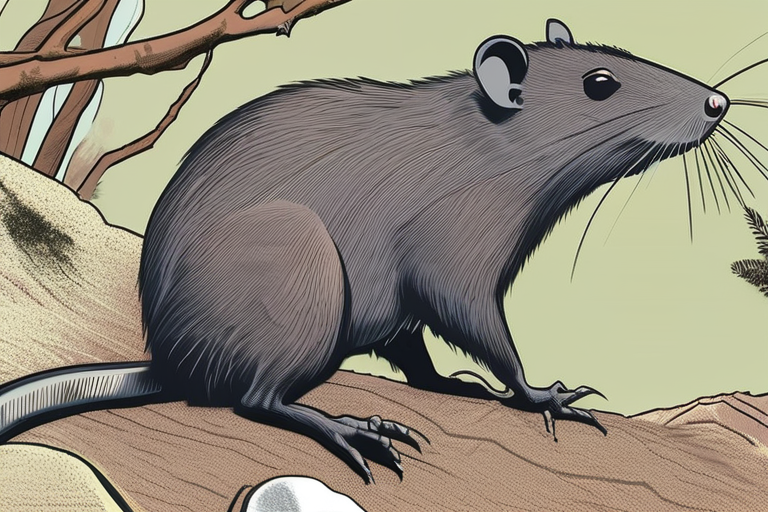




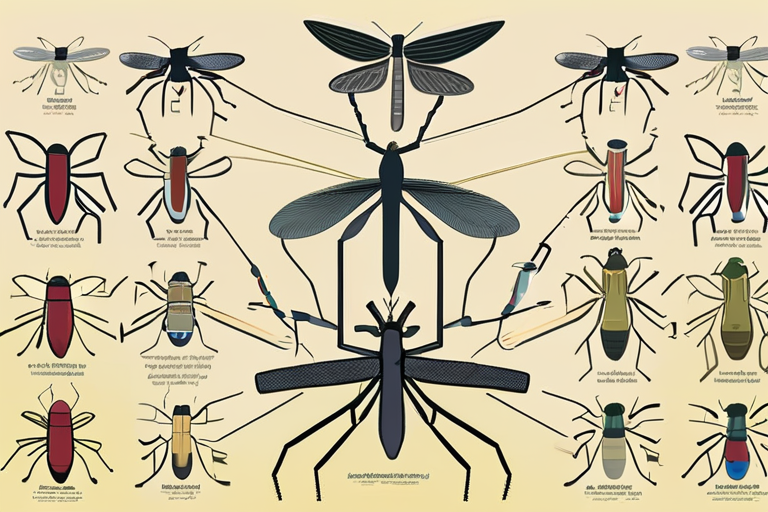
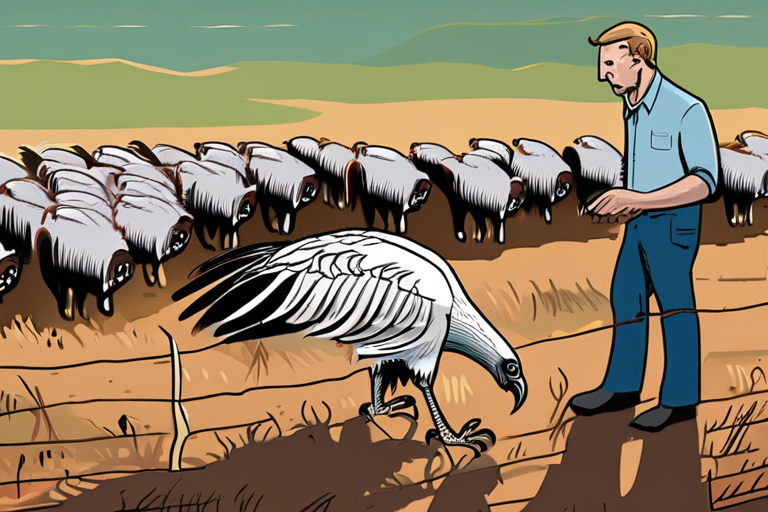


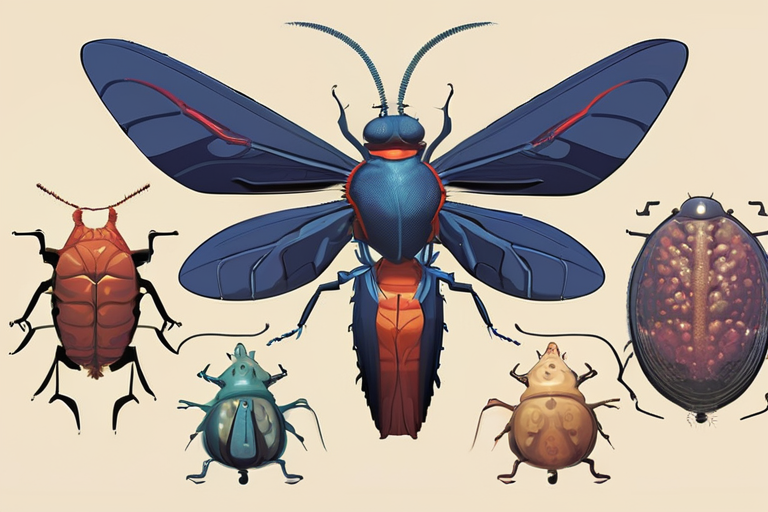

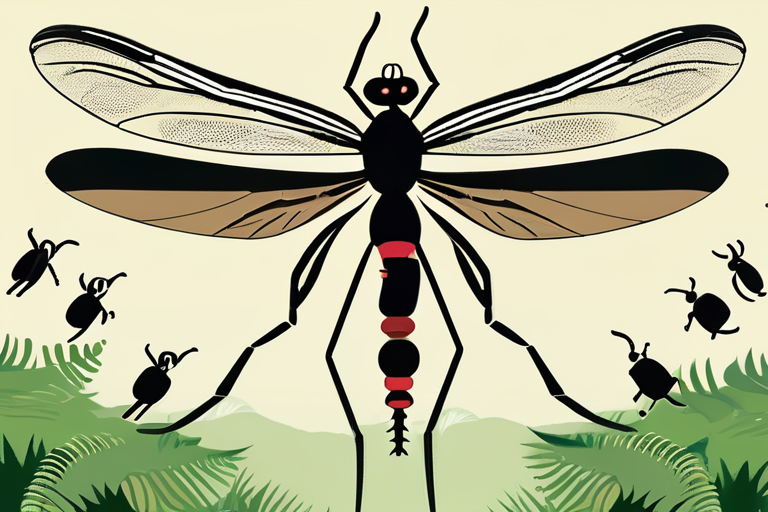



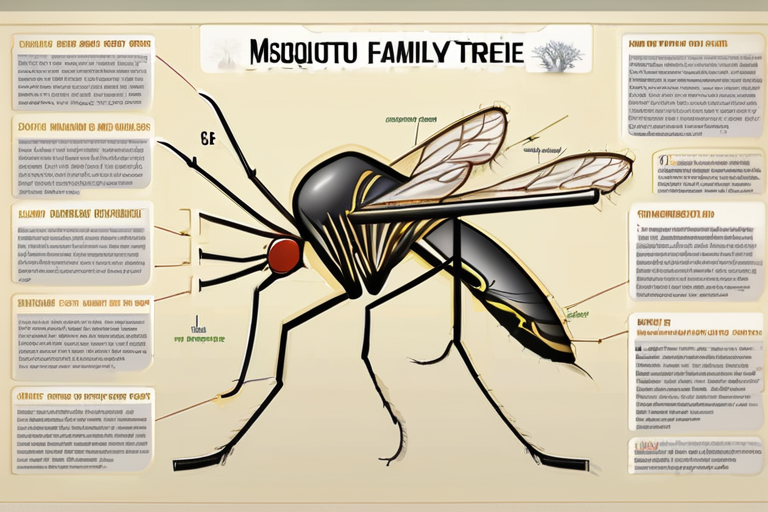







Share & Engage Share
Share this article